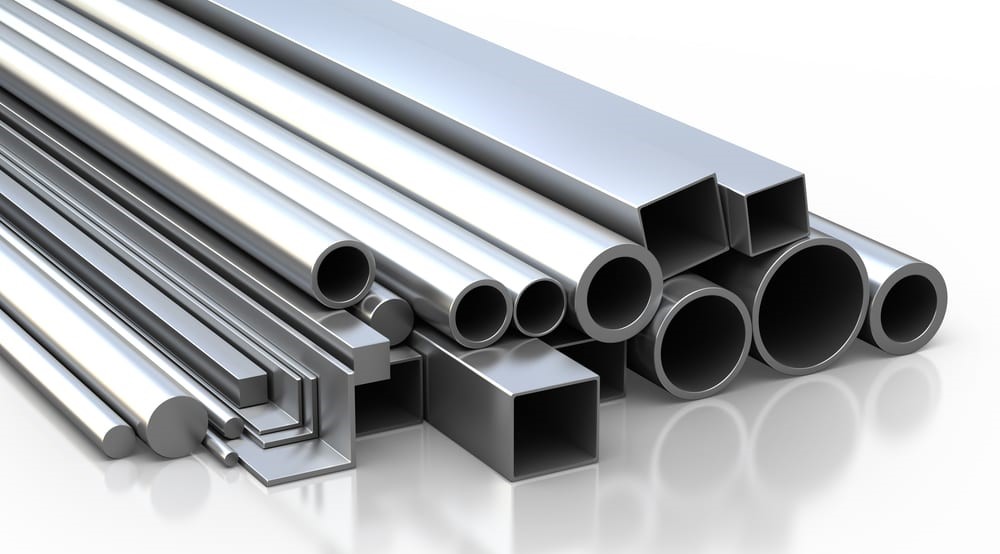Pressure die casting is a very precise manufacturing technique. It has particularly become popular in the automotive industry thanks to its ability to repeatedly produce complex parts within tight tolerances at high volumes. By injecting liquid metal into reusable molds, known as dies, near-net-shape metal parts with intricate geometries can be created under extreme pressure. The high-pressure injection allows precise replication of die details in the cast parts, ensuring production consistency.

Advantages of Pressure Die Casting in Automotive Manufacturing
The widespread use of pressure die casting is not surprising considering its many key benefits, which include:
Precision and Consistency in Component Production
The high-pressure injection process ensures net-shape replication of die cavity details in cast parts. In this way, it provides dimensional accuracy and repeatability of specifications from part to part. This precision meets the tight tolerance requirements of automotive assemblies.
Cost-Effectiveness and Material Efficiency
Die casting reuses metal injection dies multiple times for low per-unit tooling costs. Near-net-shape production also needs little trimming or machining, hence reducing material waste. Die casting further increases material efficiency thanks to its ability to produce hollow sections and complex joints as a single casting.
Enhanced Mechanical Properties of Die Cast Components
Due to the fine-grained microstructure, properties like tensile strength and impact resistance are uniform throughout die-cast parts. The rapid cool rates during solidification also impart properties better than sand casting or other metal processes.
Reduction in Post-Processing Requirements
As-cast parts have near-final dimensions and smoother surface finishes that require minimal finishing operations like trimming, machining, grinding, and polishing. This lowers processing costs and lead times.
Quick Turnaround Times in Mass Production
Streamlined die-casting cell configuration and robotics allow fast cycle times. This is important for high-volume automotive component manufacturing programs.

Wide Applications of Pressure Die Casting in the Automotive Industry
Pressure die casting exhibits great versatility that has seen its extensive use across different vehicle systems. Its wide applications in the automotive industry include:
Engine Components
Characteristics like heat dispersal and material properties benefit die-cast engine parts that must withstand high pressures and temperatures. Cylinder heads and engine blocks commonly use automotive die casting.
Transmission Parts
Transmission components like housings and gears require dimensional accuracy and repeatability to interface multiple rotating and sliding parts. Die casting fulfills these needs.
Structural Components
Large safety-critical structures and linked assemblies employ die-casting for design flexibility. Features like hollow sections and integrated joints streamline chassis and bracket production.
HPrapid Specializes in Custom Die-Casting
HPrapid is an ISO9001-certified manufacturer built on an excellent, efficient, and economic production philosophy. We own high-precision CNC machines and a material tester to ensure tight tolerances and correct material choices for each project. Our two key services include low-metal casting and pressure die casting.
Our pressure die casting service is suitable for a wide range of applications. These include auto parts, air conditioning accessories, and construction accessories. Its key advantages include:
- Many Castable Materials: Many kinds of metals can be cast, e.g., aluminum, magnesium, zinc, etc.
- Excellent Surface Finish: Our pressure die casting process excels at replicating intricate design elements into molds and transferring these details onto the final part through pressure, resulting in a precise size and a flawlessly smooth surface.
- Complex Geometry and Design Versatility: Through this service, we adeptly handle intricate product shapes and thin-walled parts, seamlessly achieving complex geometries with minimal or no requirement for post-machining after ejection.
- Minimal Post-Processing: As-cast parts have near-final dimensions and smoother surface finishes. Therefore, the process requires minimal finishing operations, hence lowering both processing costs and lead times.
Conclusion
Pressure die casting delivers precision, repeatability, and near-net-shape manufacturing of complex parts essential for modern automotive components. It is versatile for engine, transmission, and structural applications across sub-systems. At HPrapid, our custom die casting capacities and process advantages like material options, surface finish, and design versatility prove very beneficial during new product development cycles. Our reliable pressure die-casting services meet tight tolerances and production schedules in the competitive automotive sector. For a more detailed overview of this service, feel free to contact us.

